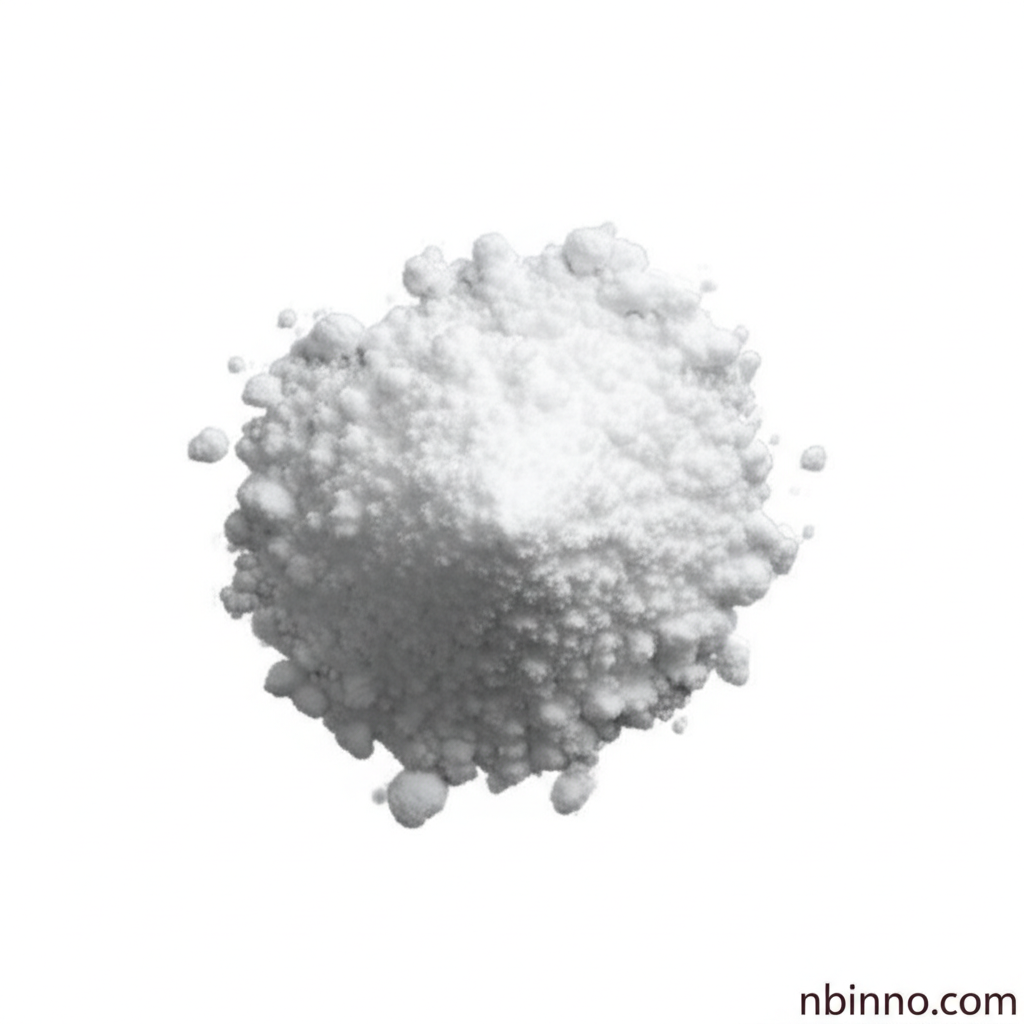Tris(2,2,6,6-tetramethyl-3,5-heptanedionato)indium(III): A Versatile Organometallic Compound
Discover the advanced applications and properties of this key organometallic precursor for catalysis and electronics.
Get a Quote & SampleProduct Core Value

Tris(2,2,6,6-tetramethyl-3,5-heptanedionato)indium(III)
This organometallic compound serves as a crucial precursor for advanced material synthesis and catalytic processes. Its unique molecular structure and properties make it ideal for applications requiring high purity and specific reactivity.
- Explore the potential of using this compound as a catalyst in various organic synthetic reactions, enhancing reaction efficiency and selectivity.
- Investigate its use as a photoelectric material precursor for devices like light-emitting diodes (LEDs) and organic electroluminescent devices (OLEDs).
- Understand the role of Tris(2,2,6,6-tetramethyl-3,5-heptanedionato)indium(III) in chemical vapor deposition (CVD) for producing high-quality indium oxide thin films.
- Learn about its biological activity, including potential cytotoxic and antioxidant effects, relevant for research in cancer therapy.
Key Advantages
High Purity and Assay
Achieve superior results in your research and production with a compound that boasts an assay of u226599%, ensuring consistency and reliability for demanding applications.
Thermal Stability
Benefit from the compound's thermal stability, allowing for effective use in high-temperature processes such as thin film deposition.
Versatile Reactivity
Leverage the compound's versatile reactivity for a broad spectrum of applications, from organic synthesis to the development of novel electronic materials.
Key Applications
Chemical Catalysis
Utilize this organometallic compound as a catalyst in organic synthetic reactions to improve yields and reaction pathways.
Photoelectric Materials
Serve as a vital precursor in the development of cutting-edge photoelectric devices, including LEDs and OLEDs.
Thin Film Deposition
Enable the creation of high-quality indium oxide films through chemical vapor deposition (CVD) and atomic layer deposition (ALD).
Research & Development
Explore the potential biological activities, such as cytotoxicity and antioxidant effects, for applications in therapeutic research and development.
